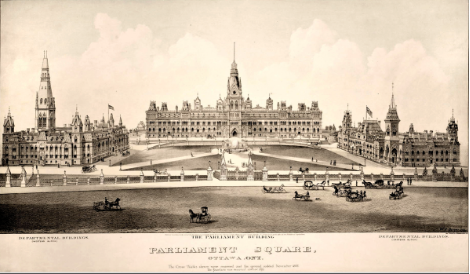Thomas Mackay and the Founding of Ottawa
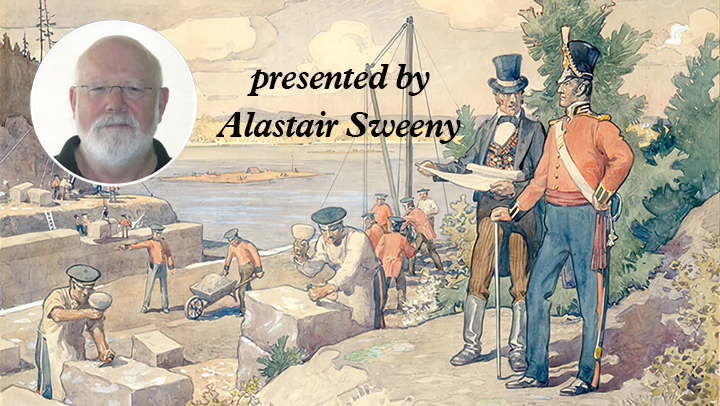
Report by Robin Craig
Alastair based his presentation around many wonderful old photos and paintings, elaborate sketches and drawings, maps, and even some cartoons. As Thomas Mackay left no written record, Alastair used many other sources to research his history, becoming the first historian to document the life of this important figure in Ottawa history.
Origins
Alastair began with a discussion of the evolution of settlement in the Ottawa region, beginning with the location of aboriginal communities within the Ottawa River Watershed. A drawing depicted a typical indigenous family camp across the river from the Rideau Falls (likely dating to about 1848).
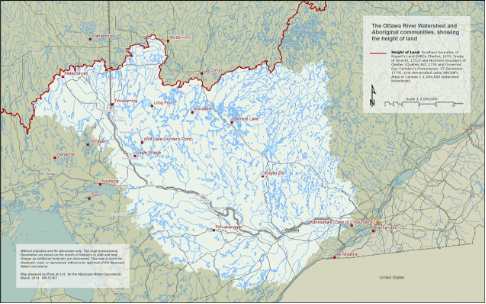
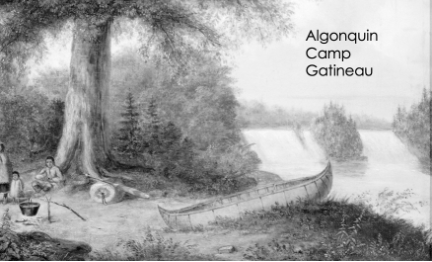
One of the first permanent settlements in the Ottawa Region, Wrightstown (later Hull and Gatineau) was established by Philemon Wright, an American who came to Canada in 1800. Wright had supported the American Colonies during the War of Independence, but decided to emigrate to Canada and swear allegiance to the Crown when the US taxes went up 10x more than they were under the British. Wright’s intention was to focus on agri- culture. He hired 25 lumbermen to clear the land, and he set up 3 or 4 farms.
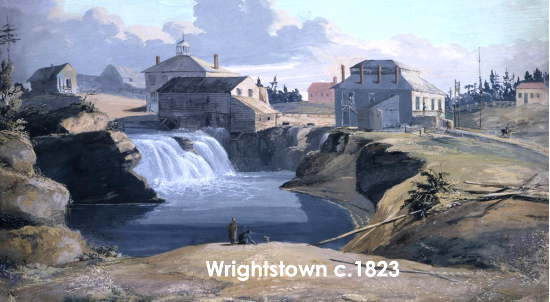
By 1806, needing additional income to support his grow- ing community, Wright entered the lumbering sector, and that year he floated the first raft of square timber from Ottawa to Quebec City. At Quebec, the timbers were loaded on ships destined to Liverpool.
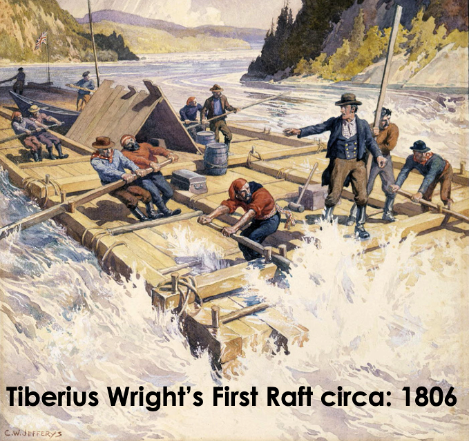
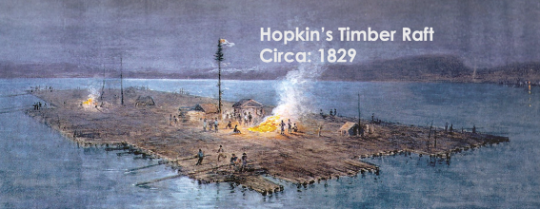
Thomas Mackay
Thomas Mackay was the son of a stone mason who lived in the town of Thurso, Scotland near the traditional Mackay clan territory at the northern tip of the Scottish mainland. When Thomas was a young boy his family moved to Perth, Scotland, a town of stone buildings. Here Thomas followed in his father’s footsteps and became a stone mason. When he heard that work was to be had building stone houses in Montreal, Canada, he decided to emigrate.
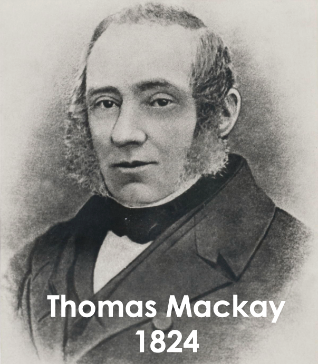
He sailed to Quebec City in 1817, and took a Molson’s steamship from there to Montreal. A photo of him in 1824 showed a handsome young man at age 32, who was making a good living for his family. He had strong reli- gious principles and was active in the Presbyterian Church.
Forts and Canals
Queen Elizabeth 1st, nicknamed the “Pirate Queen”, sent Sir Francis Drake with his pirate friends to capture Span- ish trading ships in the Caribbean. Britain became very rich with Mexican silver and gold booty, which helped to finance its growing empire. Mexican silver coins in chests and barrels were shipped to Quebec, to be used to finance the defence of Canada from US invasion. Alastair’s research led him to discover that Mackay, and John Redpath, his partner in several construction projects, were paid with these coins, solving the mystery of how the building of the Rideau Canal was financed.
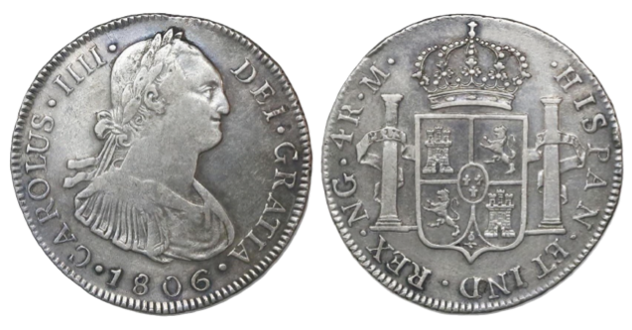
During the War of 1812 with Britain, the British had a formidable sailing ship built in Kingston, Upper Canada. It was larger than Lord Nelson’s HMS Victory, and it had 102 guns. Alastair suggested that because the Americans did not have the resources to compete with this ship, they agreed to sign a peace treaty.
Colonel Durnford, head of the Royal Engineers, was tasked to improve the fortifications of Canada to keep Americans out. He built the Citadel in Quebec City, and hired Thomas Mackay to acquire stone material and build a stone fort on Île Ste-Hélène, in the St. Lawrence River across from Montreal.
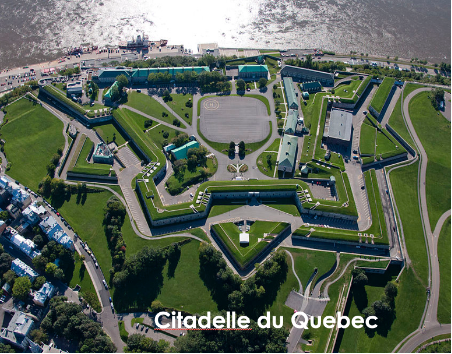
Mackay was also commissioned to construct Fort Lennox on Isle-Aux-Noix in the Richelieu River, and with John Redpath as his partner to build locks for the Lachine Canal in Montreal Mackay also supplied stone for the construction of Notre Dame Basilica in Montreal, and the pediment for Nelson’s statue in Montreal.
Building the Rideau Canal
During the War of 1812 with Britain, the Americans realized they should have attacked Montreal, rather than Niagara, because Montreal was poorly defended. Knowing this, the Duke of Wellington determined a canal from Kingston to the Ottawa River was needed to protect Montreal. Lord Dalhousie, one of Wellington’s wartime generals who became Governor General of Canada, knew there should be a fort at the Ottawa River end of this canal to match Fort Henry at the southern end of the canal. To this end he bought land along the Ottawa River, that had been previously acquired by speculators, for his pro- posed Ottawa Citadel.
Dalhousie commissioned Lieut. Col John By to construct the canal. Col By wanted competent and trustworthy stone masonry contractors for the work, so he approached Thomas Mackay and John Redpath.
After Col By and Mackay had worked out the details of a contract to build the Rideau Canal, Lord Dalhousie pre- sided over the signing ceremony.
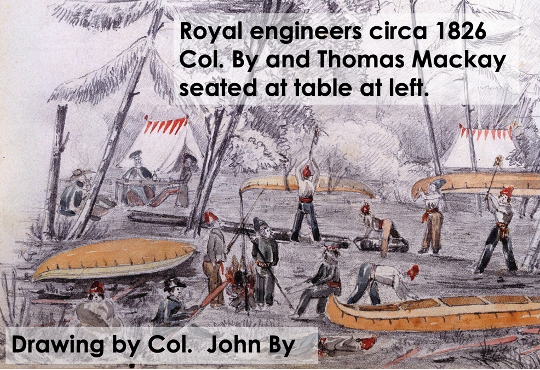
A regiment of soldier labourers, referred to as the Sappers and Miners was raised for the canal building project. They assisted the stone masons hired by Mackay to carry out the work. The first stone was laid at the Ottawa locks in a ceremony attended by the explorer Sir John Franklin, who happened to be in town at the time.
We saw the Commissariats building, beside Ottawa Locks, in an early map. It was noted to be MacKay’s headquarters, and is one of Ottawa’s oldest buildings still standing now.
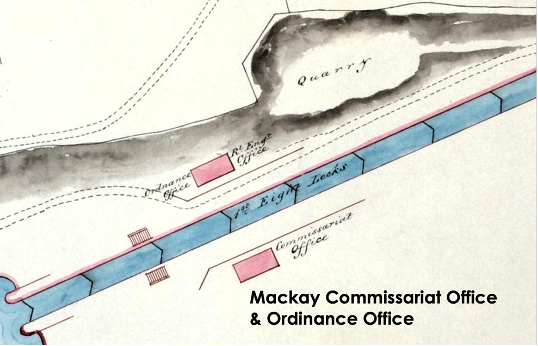
Mackay constructed the 8 locks at the Ottawa river, the Hartwell lock at Hogs back, and the canal through Ottawa including dredging out Dow’s swamp to become Dow’s lake. Mackay also built soldiers quarters on Bar- racks Hill, which later became Parliament Hill. Mackay’s partner John Redpath built the largest dam in North America in 1832 at Jones Falls.
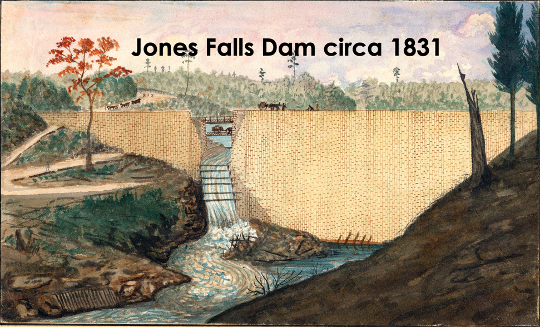
Two early dams at Hog’s Back Falls had been destroyed by spring run-off. Mackay and Philemon Wright’s sons got involved to build an artificial falls there, and then with cribs and rubblestone rocks the final dam. John Redpath caught malaria and had to cut short his involvement in the construction of the canal.
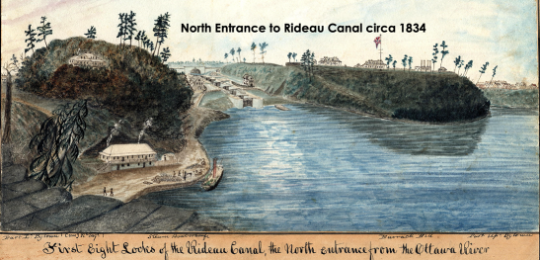
Mackay was very well paid, at £32,000 for his work on the Rideau Canal, about 1/25th of the total cost, and £10,000 pounds for the Lachine Canal. His fee would be worth about $40 million today. With some of these profits he es- tablished the village of New Edinburgh, and built a saw mill, a grist mill and a brewery along the Ottawa river be- side Rideau Falls.
The Growth of Bytown
Bytown grew on land owned by Whitehall, and it was the one case in history where the British Government owned outright a village in a colony in its empire. Col. By set up a Town Council in 1828, and Mackay was one of the first Town Councillors. He also served as Colonel for the Russell and Carleton volunteer militias.
After Col By left Bytown, Mackay became MP at Queens Park, arranged for provincial funds to set up Élisabeth Bruyère hospital, originally a small wood frame building, to deal with cholera and tuberculosis epidemics. Some of Mackay’s children contracted TB, possibly transmitted from white-tailed deer. His eldest daughter Elizabeth died from TB at age 40.
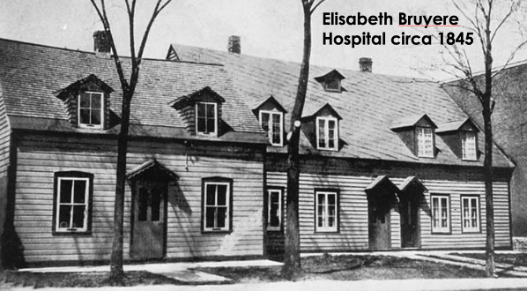
Mackay established the Bytown New Edinburgh Shintie club for a game which he had played as a young man in Perth, Scotland. This is similar to ball hockey played with clubs, as depicted on a Shintie Medal (below) awarded in 1852. This is one of the earliest hockey type medals.
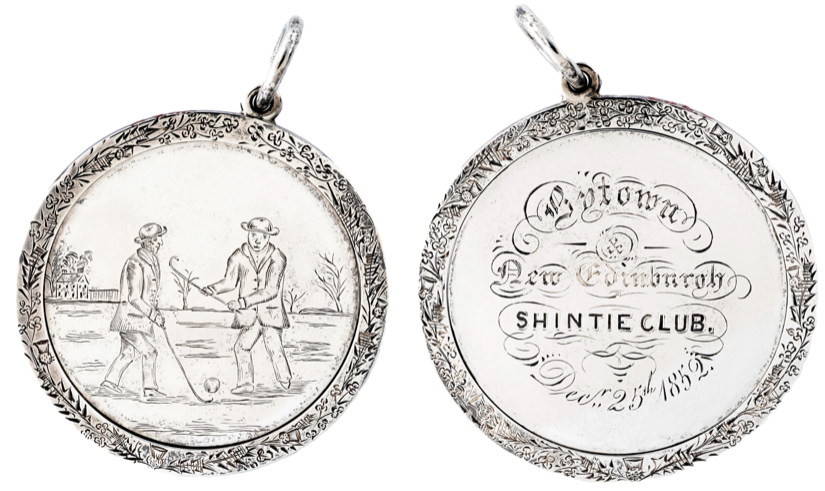
Mackay valued education and hired a schoolmaster, Mr. James Fraser. He constructed a stone school house that still exists across from the French Embassy, and is now owned by the National Capital Commission.
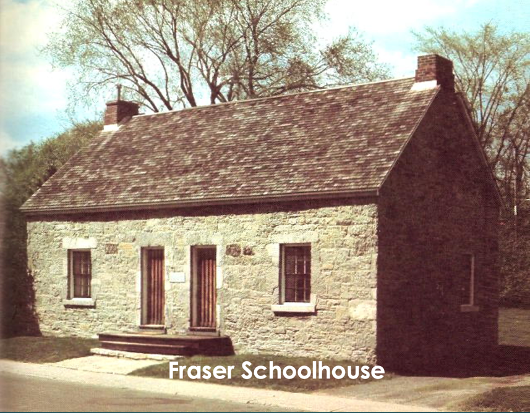
A medal was awarded to the New Edinburgh cloth fac- tory for quality blankets at the Great Exhibition in Lon- don. The Bytown Mechanics Institute was constructed in 1853, which is the origin of the Ottawa Public Library. Mackay built a 3-storey stone mansion, surrounded by a working farm with livestock, for his family at the edge of New Edinburgh. It was named Rideau Hall by his daughter. Bytown was incorporated as the City of Ottawa in 1855.
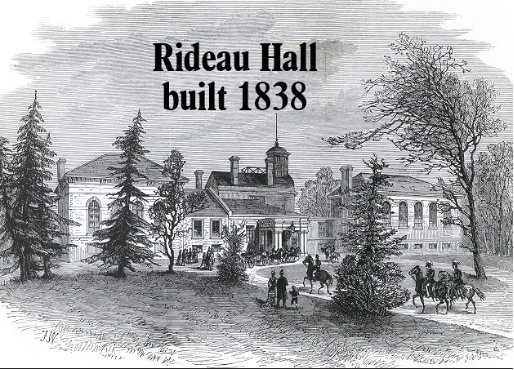
After the Irish potato famine, the economy suffered and there was a movement for free trade with the USA. The British instead imposed tariffs which caused a depression. John Redpath, now an old man, along with James McGill, became leaders of the Annexation Movement to join the US. A riot in Bytown, Stony Monday, was quelled by the few soldiers left at Barracks Hill, but the parliament buildings in Montreal were burned to the ground. Finally Lord Elgin, the Governor General at the time, negotiated the Reciprocity Treaty, a free trade agreement with the USA, which calmed things down.
The City of Ottawa
Railroad Mania started in Canada with the Montreal to Lachine Railway, the 1st public transportation in Canada. Mackay had been promoting Bytown as the capital of Canada, and Governor General Metcalfe told him that to be the capital, the town must have a railroad. Mackay took this to heart and invested heavily in the Bytown to Prescott Railway, which the investors expected would transport timbers and farm products to the St. Lawrence River, where they would be shipped to the USA and Montreal. Construction started in 1851, and the first train ran on Christmas Day 1854.
The anticipated trade didn’t materialize, and the railroad was a financial failure which ruined Mackay’s wealth. In a picture taken of him at age 53 after the railroad fiasco, Mackay looks a little worse for wear. He died at age 54 in 1855. The railway was sold for a pittance of the cost, and in 1884 it was leased to the CPR for 999 years.
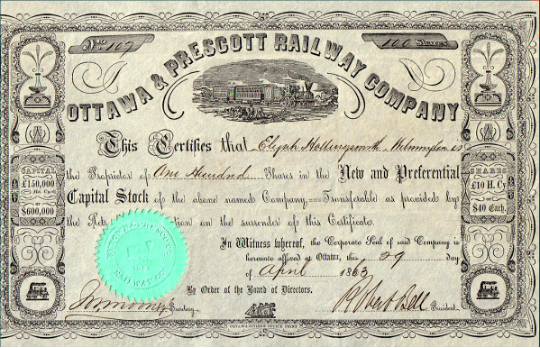
When the time came to select the capital of Canada, Governor General Head crafted a scheme to convince Prince Albert that Ottawa should become the capital, rather than the other cities that were also vying for the honour. Prince Albert then proposed Ottawa as the best choice for the capital to Queen Victoria.
Thomas C. Keefer, Mackay’s son-in-law, was an engineer who wrote a book titled “Philosophy of Railways” which became very popular. Keefer became chief engineer for the construction of the Brockville to Ottawa River (at Arnprior) railway. Mackay was a director for this railway. Keefer engineered the construction of the Ottawa Fleet Street water pumping station and the horse drawn Ottawa City Public Railway. He became Minister of Public Works.
Samuel Keefer, Thomas Keefer’s half-brother, created a contest to choose the best design for the new Parliament Buildings in Ottawa.
Thomas Keefer, acting as Mackay’s estate manager, rented Rideau Hall to the government as residence for the Governor General. The government spent so much on constructing the parliament buildings there was not enough money left to build a residence for the Governor General. It was later sold to the government and much enlarged to the stately palace it is today. Keefer divided the rest of the property into lots to become village of Rockcliffe.
